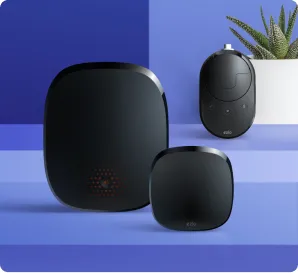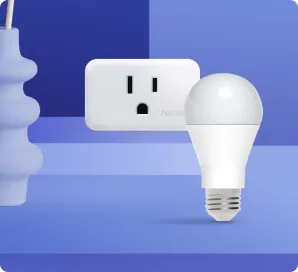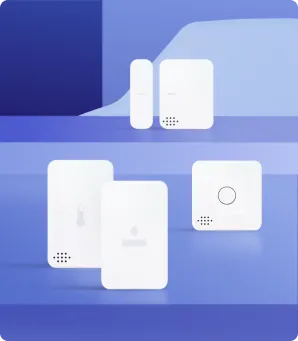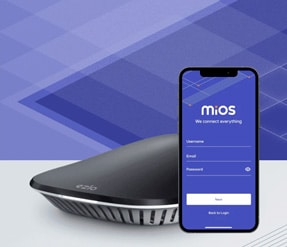Getting a Z Wave Light Switch for Your Home
Today, there are many ways to automate your home. Options range from a simple smart plug to a complete surveillance camera system topped with all the bells and whistles of a professional monitoring system. But if you’re looking for something easy to install and affordable, a Z Wave light switch is one of the more straightforward ways to dip your toes into the world of smart homes.
But what exactly is Z Wave, and why might you want to use it instead of other wireless protocols such as WiFi, Zigbee, and Bluetooth Low energy? For starters, Z Wave operates at the 908/916MHz band in the US.
This prevents it from interfering with the ubiquitous WiFi protocol that operates at the 2.4 and 5GHz bands. Another benefit is that Z Wave’s mesh network allows every connected device to communicate with the other and therefore act as a range extender by relaying signals.
Its lower frequency makes it good at penetrating walls ensuring that the coverage in homes is excellent. Another important feature of Z Wave is its interoperability – Z Wave has a strict certification standard that means you don’t have to stick to one manufacturer.
Every Z Wave device is capable of communicating with another Z Wave-enabled device regardless of age or manufacturer. These factors make it the most widely used home automation wireless protocol globally.
It offers the interoperability that Zigbee lacks. WiFi, on the other hand, consumes more power and is prone to interference from other WiFi networks. Your WiFi router can also limit how many devices you can connect.
What can a Z Wave Light Switch do?
While a smart light isn’t the fanciest upgrade available, it is a subtly convenient and helpful upgrade that you’ll appreciate. They work like regular light switches but have the added remote control functionality, which can be done through voice commands or from your phone or another interface device.
The more advanced light switches incorporate extra features such as motion detection, which turns on the lights when they detect an approaching person. Also, because of the inherent remote control functionality, some Z Wave light switches allow you to set the lights to randomly turn on and off, making it seem like you’re home – a rather neat security feature.
A Z Wave light switch may also have a dimmer feature that allows you to change the brightness intensity of your bulbs. However, the bulbs themselves do need to be dimming enabled. Dimming a non-dimmable bulb will at best not work correctly and, at worst, damage the bulb or become a fire hazard.
Z Wave Light Switch Installation
Installation is a relatively easy process for someone handy around the house. The good news is that installing a smart light switch is no different from installing any other typical switch.
However, before you run out to but a Z Wave light switch, you should make sure that your home has a neutral wire (houses built before 1970 commonly do not have it) – if your house is missing the neutral wire, then make sure you buy a smart switch that does not require one.
Before installation, ensure the breaker for that particular switch is turned off. Disconnect the old switch and reconnect the wires to the Z Wave light switch by matching the wires to the appropriate terminals. Your Z Wave light switch should be labeled or have an accompanying reference diagram to show what goes where (neutral to neutral, load to load, and so on).
Our Z Wave Light Switch Recommendation
We heartily recommend the $45 GE Enbrighten In-Wall Z-Wave Smart Dimmer. Voted the best Z Wave light dimmer by Wirecutter, we believe this option is great since it acts as a smart switch while giving you the option of upgrading your bulbs to dimmable ones if you didn’t already have them.
The Enbrighten Z Wave light switch setup works with any Z Wave certified hub, but the voice assistant is dependent on the particular hub that you do have. If you prefer Google Assistant, then pick a hub that supports it.
GE’s Z Wave light switch comes with customized scenes to set the mood just right, scheduled operation, and remote control. It is available in a variety of colors.
It does however have its drawbacks. The switch won’t work without a hub and requires a neutral wire. It does however support a wide range of hubs and has 3-way switch support.
Conclusion
There are many different Z Wave light switch options out there with many features and even designs that may sway you. Don’t be afraid to shop around!


















